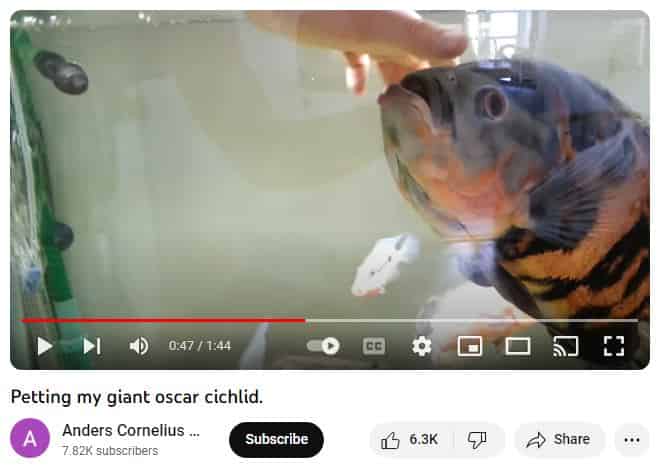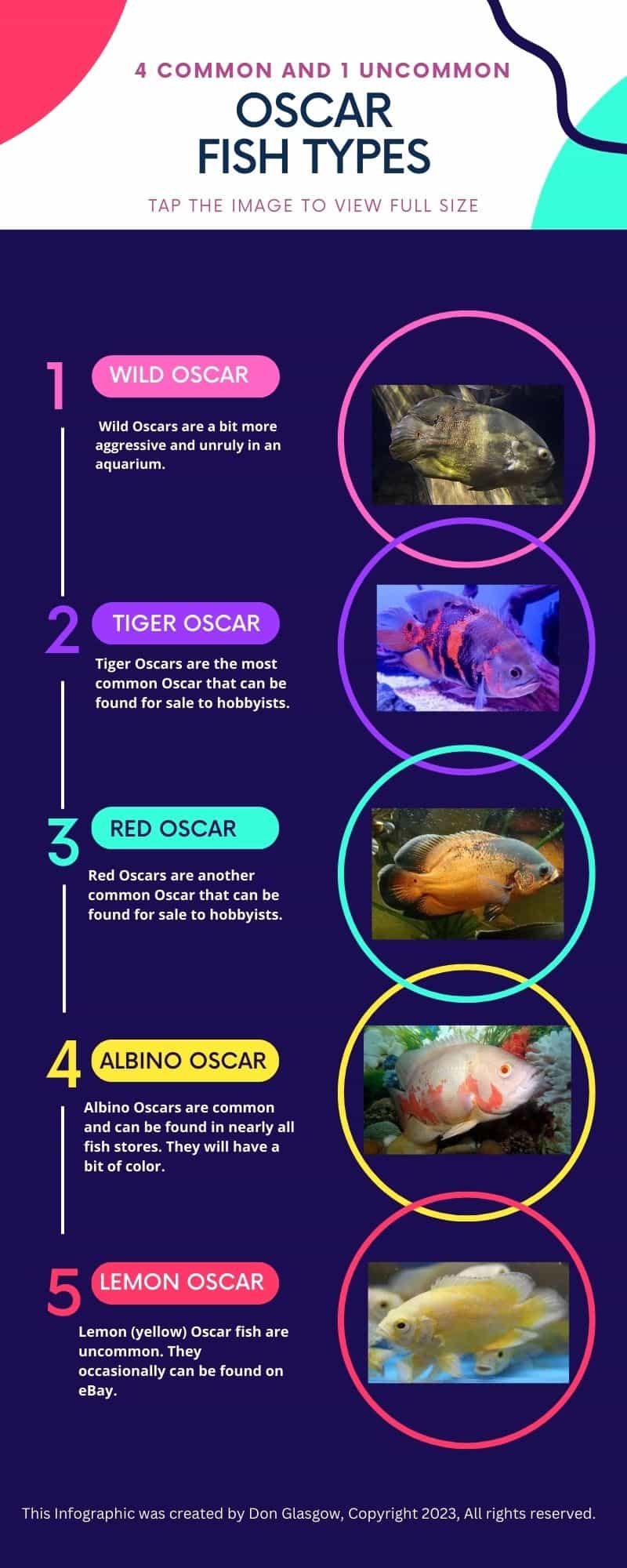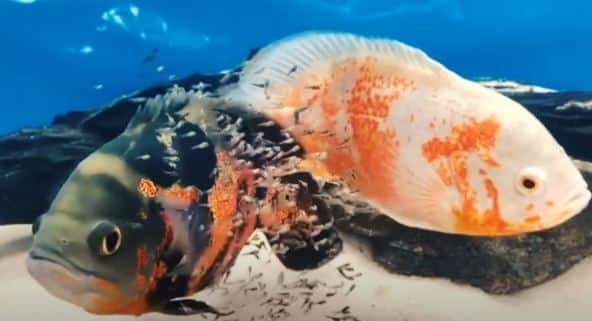Detailed Oscar Fish Care Guide, Keeping, Feeding and Breeding
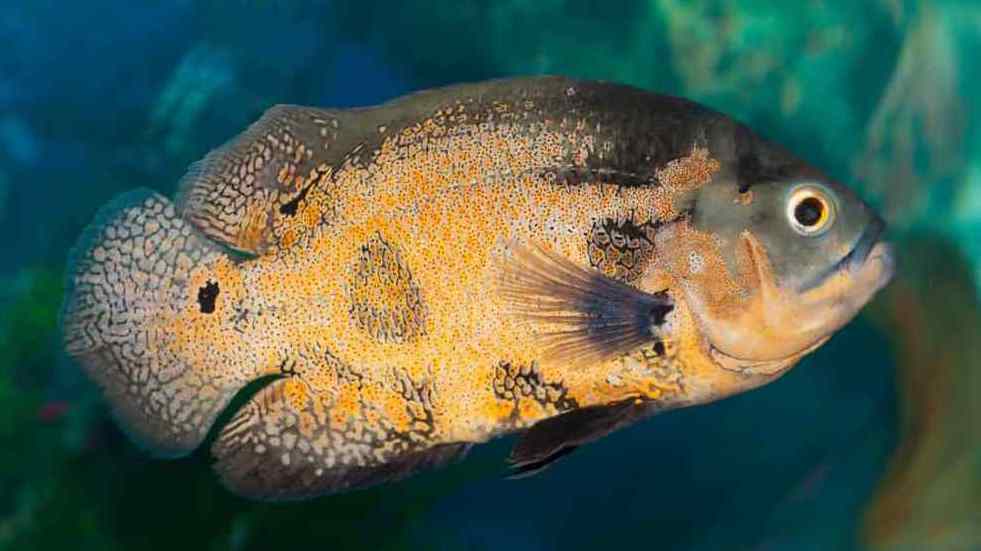
Oscar Fish Care
So, you’re thinking about getting an Oscar or you just bought one, huh? These aren’t average fish. These guys are big, bold, and sometimes downright bossy. They’re like the bullies of the fish tank, but in a charismatic kind of way.
Imagine having a pet that’s as smart as a parrot and as demanding as a toddler. That’s basically what an Oscar is. They’re always begging for food, attention, and, let’s be honest, a bit of chaos. I once woke up in the middle of the night to the sound of my Oscar and pleco duking it out! And guess who the innocent party was? Yep, the Oscar, of course.
While they’re often labeled as “hardy and easy to care for,” I’d beg to differ. These fish need a lot of attention and specific care. So, if you’re a beginner fish keeper, maybe hold off on the Oscar for now. But if you’re up for a challenge and want a truly unique and fascinating pet, then an Oscar might be the perfect fit.
There is a lot of Oscar information on this page. Feel free to pick and chose (tap) from the sections listed below.
You can easily come back to this starting point by using the white arrow (usually in a small gray box) on the far right of the screen visible after you have scrolled down the page a bit.
Experience These Article in Audio Using Your Browser!
If a system or browser is not mentioned here, the I haven't been able to find out how to make the system or browser work to read aloud.
PC's: Using the Edge Browser, left click on the article text and scroll down to "Read Aloud." The article will automatically be read to you.
iPhone using the Edge Browser: Using the Edge brower, tap the icon that looks like a book with a speaker located in the in the address bar. The article will come up now showing 4 icons on top. Tap on the second icon from the right to have the article read to you.
Android phones: Google Assistant is the most convenient way. Say, "Google, read this page."
The Oscar Fish: A Fish with a Big Attitude
The first thing to understand about the Oscar Fish is how large they get. Oscars can grow to be 18 inches long and weigh in at 3.5 pounds (1.6 kilograms). In other words, a big fish.
Mature wild Oscars will have a mix of dark green, olive color, black and will have some reddish scales.
Juvenile Oscars are usually white and dark brown, and with white spots on the head.
Not often mentioned, but mature Oscars are able to change scale color when fighting or breeding. This is a common trait of South American Cichlids. They can “color up” when they want or need to.
The tail eye may also be used in courtship and aggression.
Wild Oscars also have a circle of light colored scales near the tail. Theory is that the circle of scales looks like an eye. This eye confuses predators, usually piranha which live in the same environment. It’s possible that the predators are tricked into thinking they are taking a bite out of the body of the Oscar. Instead they might get a nibble of a tailfin. The “eye” is often missing on captive, hybridized Oscars.
Oscar hybrids have been bred to have set colors, like striped red and black, general red coloration, distinctive black and red/orange, yellow, and albino which is not a color, just a mutation.
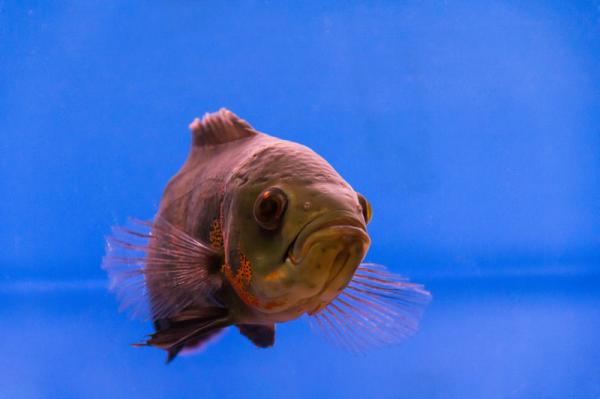
Oscar Fish 101: Because Your Life Clearly Needed More Drama
Personality: The Oscar Fish Charisma
Behavior and Interaction with other fish and potential tank mates.
Oscars are a rather aggressive and territorial species. Be aware of this in choosing the tank size and tank mates. My one try at Oscars I was awoken at 3:00 AM by my new Oscar fighting with the other large fish in my living room aquarium.
Taking this into account and their large size, make sure you have a tank large enough for the Oscar and their tank mates.
Interactions with the owner
Oscars are one of the most intelligent fish in the hobby. As I mentioned earlier your Oscar may end up feeling like a pet, rather than a fish. This is because they will interact with their owners even to the point of watching the owners as they move around the room where the aquarium is located.
Here are a few posts from Reddit r/aquariums about Oscar behavior:
“You have an Oscar. There’s your problem. Just make sure he can’t get the cat.”
“I love my Oscar. His personality is closer to that of a dog. During feeding time he would come to the front of the tank and almost way like a dog for food. He would eat out of my hand and was a joy to keep.”
Video: Petting my Oscar Fish https://www.youtube.com/watch?v=kmmGAlzfvv4
Difficulty: Are Oscars Easy To Care For? Well…
They are about as easy to care for as any other South American Cichlid. This means they are fairly hardy but if neglected they will become sick and if uncared for they will die.
Because of their size they are a little more challenging to care for than smaller fish.
What does size have to do with their care?
1. Under size tank: It is likely that a newer fish hobbyist will put them into a tank that they grow into and then eventually outgrow. Undersized aquarium = Oscar stress = Oscar Illness = Death.
2. Fish food and fish poops: Due to their size Oscars eat alot and therefore poop alot. An Oscar caretaker has to be diligent in keeping their aquarium clean. A less experienced fish keeper may not provide the level of cleanliness needed to keep their fish healthy.
Size? For Goodness Sakes! Just How Big Will My Oscar Get?
Oscars usually grow to be 12 to 14 inches long. Well cared for or wild Oscars may grow to be 18 inches long.
The Oscar that I had was about 10 inches. It was basically not fully mature. I bought a “rescue Oscar” from the pet store rejects (rejected by the original owner).
Well fed, well cared for Oscar fish will grow at the rate of about one inch per month. If you buy a baby Oscar that two inches long, at the end of one year you will have a 14 inch fish. That’s one big fish. That’s a fish that will need to start out in a tank that’s 90 to 100 gallons. If you can’t afford a tank this large do yourself and the Oscar a big favor and buy a guppy or three instead.
The saying, “Go big, or go home” applies here.
If you want your Oscar to thrive and not just survive make sure you have an aquarium that is big enough to house a mature Oscar and make sure it’s not over stocked with other large fish.
Here is a link to a video that shows a 160 gallon aquarium that I feel is overstocked. I might have put two Oscars in an aquarium that large, but not 5 Oscars, a Redtail catfish and a Jack Dempsey. Check it out (opens in a new window):
Sales Box. Scroll down to bypass it if desired.
Keeping Oscars is costly, but there’s a great way to offset those expenses.
Consider creating your own website, just like I did with this one! I advertise Divi website creator, but you could place other ads on your website.
I’ve used Divi website builder to build this site, and it’s incredibly user-friendly. With its drag-and-drop interface, creating your own website becomes a breeze.
Simply tap this box to get started and see how easy it is to create a website with Divi.
Cost is $89/year. This is about the same cost as buying an adult Oscar. Divi comes with a 30 money back guarantee. Try it at no risk.
Take this box to visit the Divi website to learn more. The link opens in a new window.

Life Span: Life of this Aquatic Bully: How Long Do Oscars Live?
The lifespan of an Oscar Fish should be taken into account before taking the Oscar home from the local fish store.
First of all you need to be aware that Oscars live for 8 to 15 years in an aquarium. Let’s say that your Oscar lives for 15 years. That’s an important number. Do you have the stability to house a fish for 15 years?
As I will discuss further down in this article, there are three important factors that dictate how long an Oscar fish will live:
* Tank size: Your Oscar will need a large aquarium within no more than a year.
* Water quality: Clean water and a clean tank will keep your fish from becoming stressed. Stress leads to illness. The life of an Oscar fish can and will be shortened due to a continual dirty tank.
* Diet: A good diet with lots of different types of foods. Important: feeding your Oscar “feeder fish” from the local pet store can often lead to your fish being infected by disease.
Bottom line is that if you take good care of your Oscar fish you will have them around for a long time.
Colors: A Color Guide to Oscar Varieties
Oscar variations include:
Wild Oscar – Dark Colors very little red
Tiger Oscar – Red and black stripes
Red Oscar – Mostly a red/orange color
Albino Oscar – Although an albino including the red eyes, the varation still have some reddish, orange scales.
Lemon Oscar – Yellow color. Some are all yellow but most are yellow with orange stripes.
Lutino Oscar – White, yellow with some orange or dark scales.
Tank Mates: The Best Tank Mates for Your Oscar

Above: The colorful Firehorn fish grows to 12 inches to sometimes as much as 16 inches.
How many tank mates you have in your Oscar tank depends on the size of the aquarium and how diligent you are in keeping the tank clean.
I wouldn’t have only one extra fish in the tank. The Oscar might bully it and end up killing it. Having a few fish should be distracting enough so that doesn’t happen.
As far as types of fish to have in an Oscar fish tank, of course “big” is the first word to us. If a tank mate is too small, they will be eaten. So you need to add at least 3 more fish, again being careful about tank size. The more large fish you have, the larger the aquarium should be.
Another thing to be aware of is how large your Oscar is. If he / she is young and smaller you can add fish that will grow out to appropriate size to keep with an Oscar. If your Oscar is a “rescue” Oscar and is adult size, the other fish will need to be adult size as well.
Fish that could be considered for Oscar Fish Tank Mates:
Jack Dempsy fish – grows to 10 inches long.
Frontosa fish – grows to 15 inches long.
Maybe other Oscars – there are two issues with this. 1. They might fight. 2. They might mate. If you get a mating pair on accident you will probably have to take the other fish out of the Oscar tank because as the Oscars guard their mating territory they could end up killing the other fish.
Royal Pleco – grows to 16 inches. Fairly attractive fish. I kept one for a long time before giving it to someone I worked with.
Jewel cichlid – Grows to 6 inches
Green Terror cichlid – Grows to 12 inches
Blood parrot cichlid – grows to 12 inches
Clown Loach – grows to 12 inches
_________________________________
Side note: Rescue Fish
When I go into my local fish store, I always see mature Oscars and other large fish that have been given to the store because the original owners either didn’t want the Oscar any more or they couldn’t keep them for whatever reason.
A baby Oscar is going to get big, so you might as well start with a big Oscar by taking home one of these “orphan” Oscars. Your new adult Oscar will love you for it.
It is possible that a few of the other big rescue fish will go great with your new Oscar.
My pick for Best On Amazon for "Oscar Tankmates":
Electric Blue Jack Dempsey Cichlid

Choice was based on:
* Outstanding colors on the adults
* Jack Dempseys may grow to be up to 15 inches long. Perfect for an Oscar tank.
* Seller has many, many positive reviews: Aquaticheavens
Tap this box to view current price.
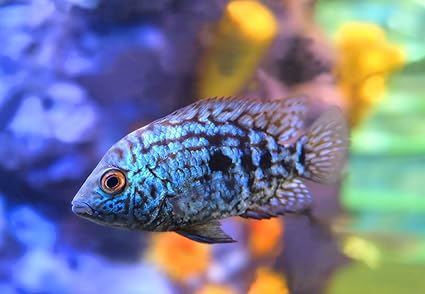
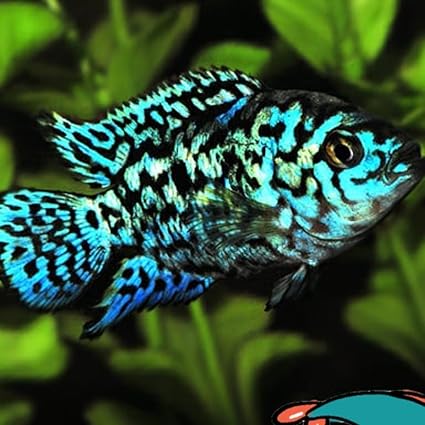
Above: Mature Electric Blue Jack Dempsey Cichlid
Tap this box to view current price.
Regular Oscar Tank Maintenence To Help Tame the “Tank Tyrant”

As mentioned at the first part of this article is that Oscars are not easy fish to take care of. That’s mainly due to their size. A 16 inch aquarium fish is huge, which leads to buying a huge tank, dealing with huge poops, feeding huge amounts of food, and doing huge numbers of aquarium cleanings.
Of course there is also the huge costs to get started. An inexpensive 90 gallon aquarium and stand, bare, could cost $1,000 or more. When buying the rest of the set up for the Oscar Fish tank a cost another $1,000 is not out of the question.
All done to keep your Oscar healthy so it can live a normal life span.
Let’s dig a little deeper…
Besides tank maintenance, there are a few other factors which govern the health of your Oscar fish. These are all factors which you control.
As mentioned, water quality is an important factor in keeping Oscar fish. The closer you can get to the conditions in the Amazon River Basin waters, the less stress your fish will have. This means your Oscar will be better able to fight potential disease.
Aquarists have a small amount of control over the water hardness. I use a reverse osmosis water filter to remove minerals in the water that I use when cleaning my fish tanks.
I know that feeding fish (fish foods) adds minerals back into the aquarium water. This is part of the reason to do water changes on a regular basis. By regular I mean massive water changes of 50% or more, done weekly or more often.
I use reverse osmosis water as the replacement water so that I can start with water that is very low in minerals.
Food Frenzy! What Your Oscar Really Wants to Eat:

Image above: A plate of crickets
First, I would say that in regards to feeding your Oscar you will want to keep an eye on them after you feed them. It’s quite easy to over feed a fish. If you feed the Oscar and walk away, you won’t know if you’ve overfed or less likely, underfed, your fish.
You will want to feed your Oscar Fish about twice a day. That’s what I my fish and it works for me.
To keep your Oscar healthy you want to provide him or her with a varied diet of processed flake and pellet foods, canned or fresh cooked veggies, frozen foods like brine shrimp, blood worms and frozen feeder mice (when your Oscar is large enough), and live foods like crickets.
Filtration: Keeping Your Oscar Aquarium Crystal Clear
Most hobbyists:
Filtration is an important part of keeping an Oscar fish tank clean. I will tell you what I suggest and then I will tell you what I would do.
Fish keepers will suggest one large filter to one large fish tank. With a 100 gallon tank, it would be wise to purchase a canister filter that would run the entire water volume of the tank through the filter several times per hour.
What I do (would do) to filter an aquarium:
What I would do is to have at least two large canister filters running 24/7/365. For example, I have a 30 gallon aquarium that has two Fluval 207 canister filters set up. Filtration is measured in gallons per hour. Under the best conditions, each Fluval will pump 206 gallons of water through the filter media or a total together of 412 gallons per hour. This is a “water turnover” of 13.5 times the water volume per hour.
Besides this, I also have a 400 gallon per hour powerhead running near the bottom of the aquarium (no filter). This is to help keep debris from settling on the gravel.
I also have a UV sterilizer hooked up to each of the return tubes of the Fluvals. Having these keeps the parasites, bad bacteria, fungus, and algae in check.
Beyond Fish Flakes:
9+ Tasty Foods for Happy Fish

Water: Essential Water Conditions for Happy Oscars
You decide to buy an Oscar because it’s small and cute. You take it home and put it in a 55 gallon aquarium with your other community fish. Six months later, you notice that it is getting easier to keep your aquarium clean. That’s because every few days you have one less fish in your tank with your now eight inch Oscar.
Six months after that, you have no community fish and a 12 inch Oscar laying on its side dying because the tank is too small for such a large fish.
While you can’t force a dying Oscar to get better, you can take steps to ensure that this doesn’t happen.
The most important idea I can convey to you is how large of an aquarium you will need for your 14, 16 or 18 inch Oscar.
I certainly wouldn’t go smaller than a 90 gallon tank. 90 gallons is barely big enough for such a large fish. If I had the money, I would probably aim for a 150 to 200 gallon tank.
Why would I suggest this size tank? Two reasons actually: 1. You don’t want your Oscar stressed out because its tank is too small. Stress kills fish fairly quickly. 2. A large tank won’t have large fluctuations in water parameters.
It’s fairly easy to figure out what water conditions or parameters an Oscar Fish needs. They are native to the South American Amazon River Basin.
Water Temperatures
First off, the water temperatures need to be fairly consistent. Suggested temperatures are 75 degrees F (24 degrees C) and up to 82 degrees F (28 degrees C) on the upper end. I try to keep my aquarium water temperatures around 78 degrees F. I try not to do too much adjusting of the heater in the tank. For several weeks now, the temperature in my 30 gallon planted, tiger barb aquarium has been 77 degrees, which is close enough to 78 degrees that I’m not going to mess with that parameter.
Water softness of the Amazon Basin
Amazon fish live in soft water. Water hardness is measured mostly by the amount of dissolved solids in the water. Those solids are usually calcium and magnesium. The numbers are parts per million.
Amazon River Basin fish live in water that is maybe 10 to 30 PPM dissolved solids. This is very soft water. These numbers let you know how hard the water should be for your Oscar. All of this said your Oscar fish can get used to hard tap water.
Water pH
PH is a measurement of acidity of substances (such as aquarium water) on a scale of 0 to 14. 7 pH is neutral. Hydrochloric acid has a pH of .5. Baking soda has a pH of 9.
The dissolved solids in water acts as a buffer against acidity. What this means is that the higher the dissolved solids in water the higher the pH. The less dissolved solids usually means a lower the pH.
Amazon River water has a low pH due to how soft the water is. Low pH is water that is lower than 7 pH.
So, fish that originated in the Amazon area need soft water with a low pH. Just as an example, Neon and Cardinal Tetras can be found in water that has a pH of 6 or lower. That is very acidic.
So bottom line for suggested water parameters for an Oscar fish is soft water (10 to 30 PPM) and a pH lower than 7. This said they can become acclimated to tap water that has a hardness of 100 PPM, give or take.
Quick guide to optimal aquarium conditions for Oscar Fish
To figure out what aquarium conditions to aim for with Oscar Fish care we just need to look at their original habitat.
1. Tank size and freshwater:
In nature, Oscar fish live in streams and rivers in the South American Amazon River Basin. There is no comparison to the amount of fresh, clean water a wild Oscar has when compared to a captive Oscar. The best you can do for this is to provide the largest aquarium you can afford to buy and do as many water changes as you can.
2. Suggested filtration for optimal Oscar Fish care and health:
As mentioned, a wild Oscar has a constant stream of fresh water flowing into its environment. One way to imitate this is to provide the most filtration you can. Using my 30 gallon aquarium as an example I have two large canister filters and a power head running in the tank at all times.
3. Aquarium water:
You should use soft water. You will probably need to use a reverse osmosis unit. You don’t have a ton of control over pH so starting with soft water will have to do.
You can add substances to push the pH of your aquarium water down, but I don’t see that as a feasible long-term solution.
4. Water Temperature:
The temperature of the aquarium water should be around 78 degrees F.
5. Lighting and substrate:
Your Oscar might dictate the intensity of the lighting. This probably isn’t going to be an issue, but I have seen Oscars super-stressed just by adding regular aquarium light.
Oscars like to rearrange their tank, so gravel on the bottom of the tank might assist them in fulfilling that need.
Discus
Discus Care
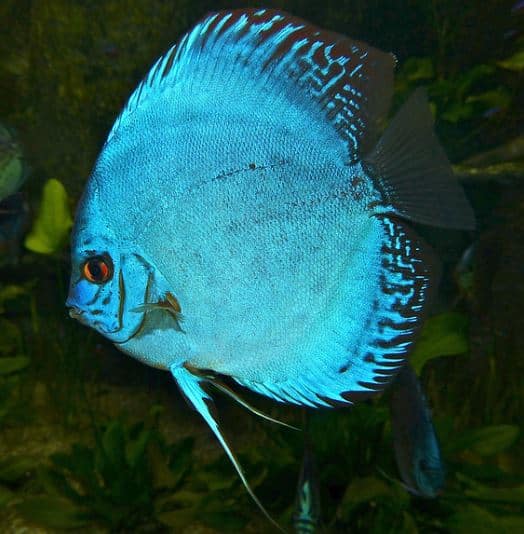
Aquascape: Designing the Perfect (And Attractive) Oscar Habitat
The best decorated Oscar fish tank set up I have seen is an aquarium with these items:
1. A very thin layer of large pebbles covering the bottom of the tank.
2. A bunch of large, roundish rocks piled together that were holding a large piece of driftwood firmly in place. I don’t know for sure, but the rocks may have been glued together. Not a bad idea if so.
This is a set up that, except for the pebbles, the Oscar Fish couldn’t rearrange and it was fairly attractive.
Plants
It is quite possible to have plants in your Oscar tank. But it is also possible that you might get an Oscar that hates plants. From what I’ve seen is that only having one or two plants is a bad idea. The Oscar may beat up the plants because…well, because he’s an Oscar.
I have seen several YouTube Videos that showed planted Oscar tanks. Adding a Mature Oscar to a well planted tank that already has a few other fish in it to distract the Oscar from the plants, makes having a planted Oscar aquarium quite possible. You just have to get the aquarium totally set up ahead of time and make sure that the tank is full of plants.
How to breed Oscar Fish
Like all South American cichlids, breeding Oscars is pretty straight forward. A healthy, well-fed male and female will breed without almost any help from the owner.
Determining which is a male Oscar and which is a Female Oscar
1. A male will have a slightly rounder head vs the female whose head slopes back with no bump or hump.
2. Full mature males will be larger than the females. Not by a lot, but noticeably bigger.
3. Male Oscars will have three darker spots at the base of the dorsal (back) fin. Females just have one large spot and not as dark. This is not always an indication. If the fish is highly inbred, these indicative colors may have been bred out of the fish.
4. Males will have a small protrusion near the anus. Females will have a small tube near the anus that lies flat against her belly.
Breeding Tank
When that’s ready, place the male and female pair in the breeding aquarium. Feed them a high protein diet, but of course, keep the tank clean. The bottom of the tank should have some gravel as breeding pairs like to dig. I have also seen flat rocks put in the breeding tank as a place to lay the eggs.
Important: Keep the breeding pair by themselves in their own breeding tank. If you leave fish in the tank with them, there is a chance they will kill those fish in their efforts to protect the eggs.
Courtship
The pair of fish will begin courtship by appearing to fight. This activity is open mouthed, pushing against each other.
Egg Laying
They will eventually lay the eggs and fertilize them. The female may lay up to 1,000 eggs. If the Oscars feel safe and the water parameters are near optimum, they will take good care of the eggs by fanning them and then the hatched wigglers.
Eggs —- Wigglers — Fry
When the fry are free-swimming, begin feeding them processed fry foods, cooked egg yolk, and newly hatched brine shrimp. Live daphnia and micro worms are small enough that when the fry are a bit bigger, they will eat that live food as well.
Fully swimming baby oscars
The parents will continue to care for the baby Oscars. Fully swimming fry can be separated from the parents. At that point you can grow out the fry until they are of a sellable size.
Diseases That Oscar Fish Can Get
Oscars are sturdy fish, and they rarely get sick. There are five diseases that can affect them with a certain regularity.
Disease is caused by the owner’s negligence.
Something I’ve learned over the decades of keeping fish is that fish become ill and die due to the owners incorrect choices, ignorance, or laziness.
More and larger water changes will prevent diseases. Its possible that water changes alone will cure your sick fish.
Bottomline: If you clean the tank frequently and add a UV sterlizer it is unlikely that your Oscar will get sick.
Hole in the head (HITH)
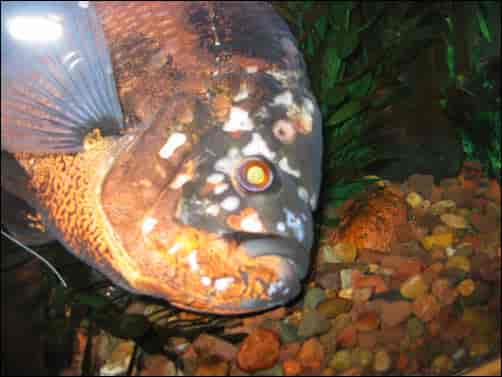
An Oscar that died from hole-in-the-head disease – image provided by wikimedia
As the name says, hole-in-the-head disease manifests itself through small holes and sores around the head of the Oscar fish.
Experts do not agree on the cause—some believe it’s parasitical, others affirm a poor diet and a deficit in vitamins C and D could be responsible. A third opinion believes it’s the result of a chemical and mineral imbalance in the aquarium water.
Regardless, the treatment options are simple. Metronidazole in the water should help with the sores, while an evaluation of the water’s chemical balance and the Oscar’s diet might improve symptoms as well.
Fin and tail rot
Fin and tail rot attacks the Oscar’s fins, causing progressive damage and, eventually, complete fin decay. This disease is a bacterial infection, and it’s widespread in aquariums with poor living conditions.
Over-the-counter antibiotics, such as tetracycline or oxytetracycline, should stop the infection. However, it’s imperative to clean the water and improve the tank’s living conditions to prevent future breakouts.
Pop-eye disease
Your Oscar’s eyes may bulge or swell, looking cloudy and out of focus. If untreated, the outcome would be the loss of the affected eye, so address the issue as soon as possible.
Pop-eye disease can have many causes. It could be caused by a bacterial infection as a result of trauma to the eye. It also could be caused by inadequate tank conditions. Regardless, the best option is to improve the water quality (larger and more frequent water changes) and treat the fish with antibiotics.
Ich
Ich is one of the most common diseases in aquarium fish. ich is identifiable by the appearance of white spots on the body and the reddening of the fins.
There are multiple products to treat ich, and the most effective options involve sea salt, malachite green, copper sulfate, and formaldehyde.
Bloat
Oscars are prone to bloat. If your fish has a bloated appearance, a lack of bowel movements, and produces hard feces, you might need to treat its constipation.
The most effective approach is to induce a temporary diet change—feed the Oscar peeled, soft peas, and you may see results within days.
Chinese Algae Eater:
Because Your Tank Desperately Needs a Vacuum That Lives Forever and Hates Everyone
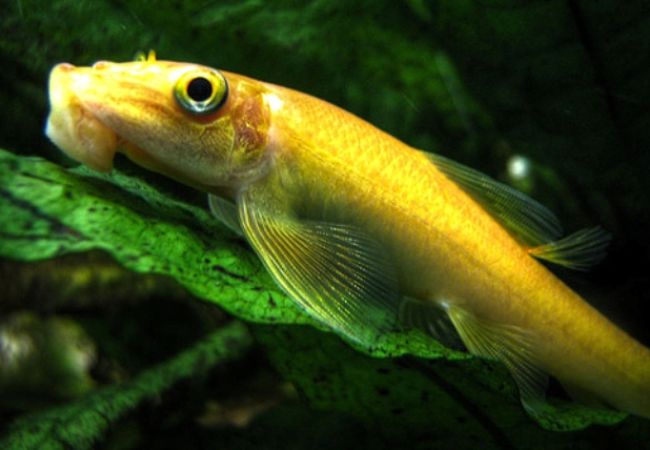
Categorys: Catfish, large fish
Are Oscars suitable for your aquarium?
Buy a huge aquarium and give them a go. You can’t learn unless you try something new.
Additional Oscar information and references:
https://www.aquariumindustries.com.au/wp-content/uploads/2015/03/Oscar.pdf
Other pages on this site:
* Freshwater Aquarium Plants You Can Grow
* 11 Exquisite, Effortless Aquarium Plants That Totally Won't Outgrow Your Tiny Fish Tank
* Discus Fish: Because Regular Fish Just Aren't Enough of a Challenge
* Planted Nano Aquarium Magic: Tricking Your Plants Into Thinking They're Happy (CO2-Free Method)
* How to Train Your Oscars: Because Fish Totally Respond to Commands Like Dogs
* What size aquarium should you get?
Keeping Oscars is costly, but there’s a great way to offset those expenses.
Consider creating your own website, just like I did with this one! I advertise Divi website creator, but you could place other ads on your website.
I’ve used Divi website builder to build this site, and it’s incredibly user-friendly. With its drag-and-drop interface, creating your own website becomes a breeze.
Simply tap this box to get started and see how easy it is to create a website with Divi.
Cost is $89/year. This is about the same cost as buying an adult Oscar. Divi comes with a 30 money back guarantee. Try it at no risk.
Take this box to visit the Divi website to learn more. The link opens in a new window.

About the author:
I'm Don Glasgow. I've been keeping fish and aquarium plants for about 35 years. I've made slow but steady progress in gaining knowledge about creating lush, healthy planted aquariums. My goal in providing this information to share the successes and failures I've had. Maybe you can skip a few steps to get a beautiful aquarium. You can reach me by email: DonGlasgow@outlook.com

Additional Topics To Explore:
Zippy Zebra Danios:
Adding Sparkle to Your Tank!

Grow Your Own Live Fish Food – 8 Types
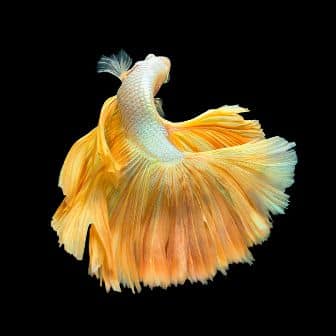
Fish Mansion or Cozy Condo? Picking the Perfect Aquarium Size for Your Finned Friends!

Farlowella: For When Regular Plecos Just Aren't 'Pleco-y' Enough
(Or maybe: The fish from outer space)
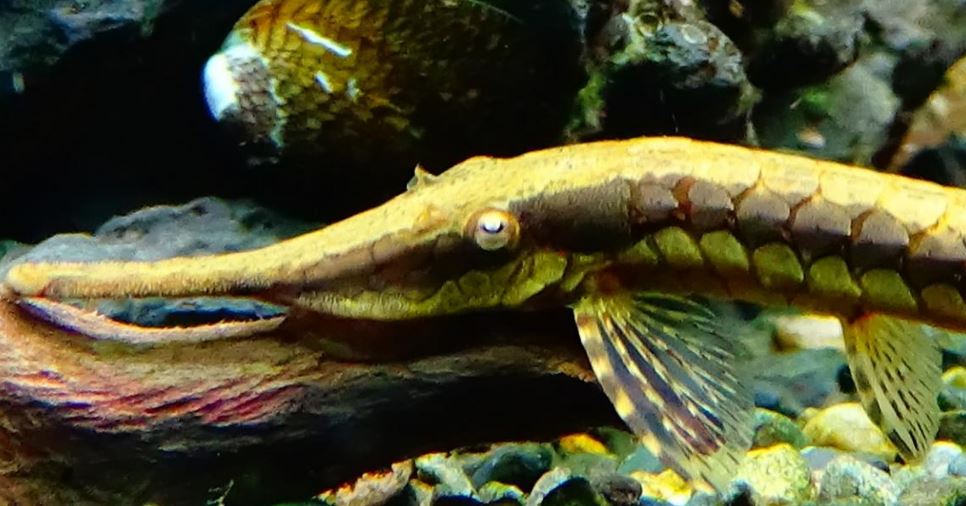

Corydora
Panda Corydora Care
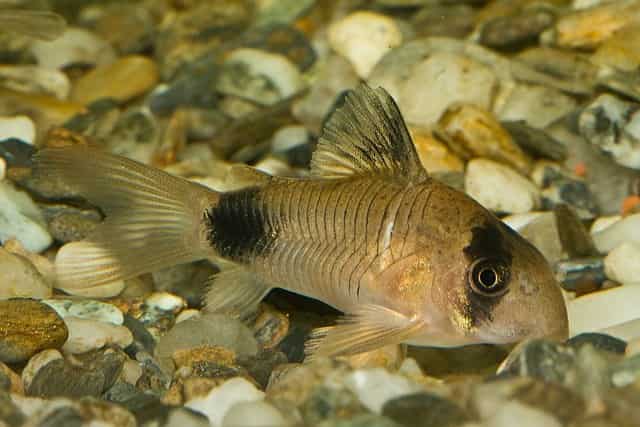
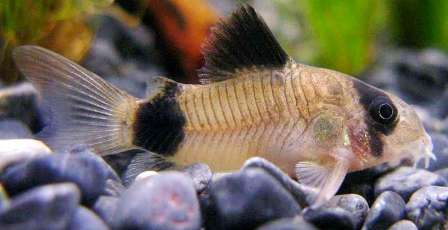
Categories: Small Fish, Peaceful Fish
